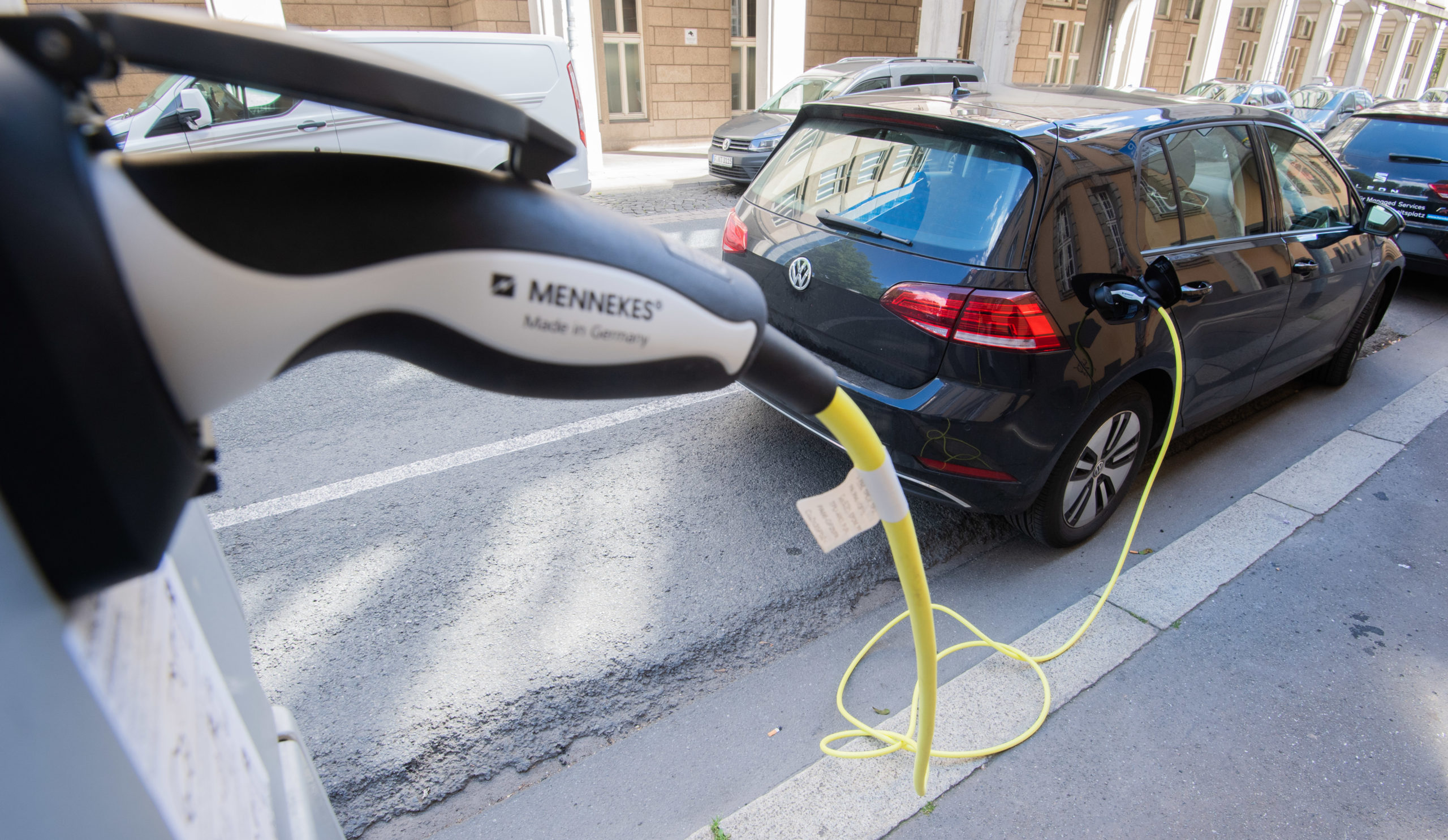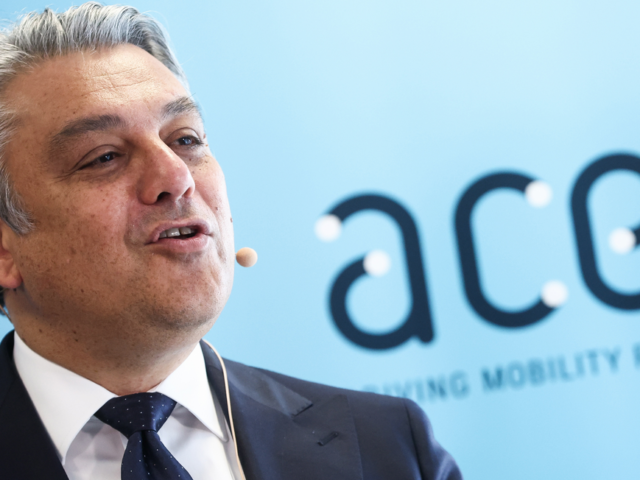
‘One million EV public chargers must be EU target for 2024’

Carmakers, environmentalists, and consumer groups are calling on the EU to set ambitious targets per country to deploy electric vehicle charging points /dpa
Carmakers, environmentalists, and consumer groups call on the EU to set ambitious targets per country to deploy electric vehicle charging po


Comments
Ready to join the conversation?
You must be an active subscriber to leave a comment.
Subscribe Today